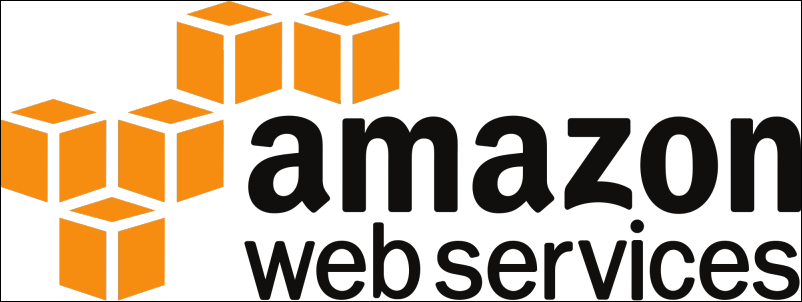 NEWS
NEWS
 NEWS
NEWS
 NEWS
NEWS
Growth of Amazon Web Services revenue slowed in the second quarter, but still grew an impressive 58 percent, indicating that more vigorous competition has failed to put a dent in Amazon’s dominance of the infrastructure-as-a-service market.
AWS pulled in $2.88 billion in revenue in the quarter, putting it on an $11.5 billion annual run rate, easily exceeding the $10 billion target CEO Jeff Bezos set late last year. AWS earnings were $718 million in the quarter with healthy margins of nearly 23 percent. The results helped propel Amazon.com to a record $857 million in net income, or $1.78 per diluted share, on $30.40 billion in revenue. Analysts were expecting earnings of $1.11 per share. Amazon had forecast sales of between $28 billion and $30.5 billion, so its results were at the high end of expectations.
The record profits indicate that Amazon, which has long shunned profits in favor of growth, is finally yielding to pressure to show bottom-line results.
Cloud revenue growth slowed somewhat from the 64 percent rate of the first quarter and 70 percent for all of last year, but Amazon’s cloud business is no so large that maintaining stratospheric growth rates is all but impossible. Analysts polled by The Wall Street Journal expected growth of between 53 percent and 60 percent.
The stock, which rose more than two percent during the day on expectations of strong earnings, added a little more than one percent in after-hours trading. With Amazon’s 303 price/earnings ratio already in nosebleed territory, there seems to be little room for big price moves.
Amazon also reaffirmed earlier guidance for third-quarter net sales of between $31.0 billion and $33.5 billion, reflecting growth of up to 32 percent compared with the third quarter of 2015. The $32.25 billion midpoint between the two estimates is higher than the $31.63 billion analysts’ consensus.
The company recapped several AWS milestones during the quarter:
Amazon Chief Financial Officer Brian Olsavsky said the company is focusing its AWS investments on geographic expansion and high-level applications like Internet of things and machine learning. He said customers choose AWS for a combination of functionality, pace of innovation, partner ecosystem and experience. “We’ve been at this longer than anybody,” he said.
Support our mission to keep content open and free by engaging with theCUBE community. Join theCUBE’s Alumni Trust Network, where technology leaders connect, share intelligence and create opportunities.
Founded by tech visionaries John Furrier and Dave Vellante, SiliconANGLE Media has built a dynamic ecosystem of industry-leading digital media brands that reach 15+ million elite tech professionals. Our new proprietary theCUBE AI Video Cloud is breaking ground in audience interaction, leveraging theCUBEai.com neural network to help technology companies make data-driven decisions and stay at the forefront of industry conversations.